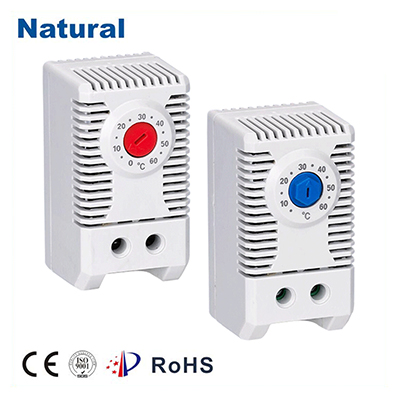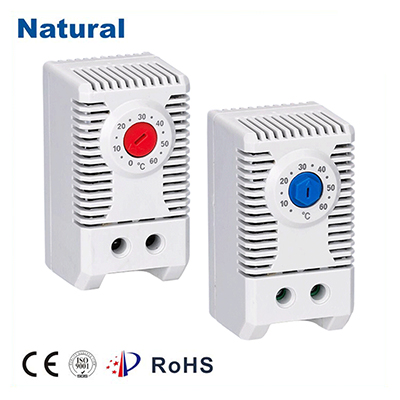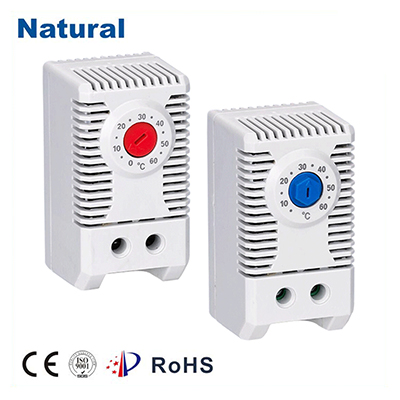A contact thermostat is an essential device used to control the temperature in various systems by turning equipment like heaters, air conditioners, or other temperature-sensitive devices on or off. Its simplicity, reliability, and precision make it an integral component in countless everyday applications. In this article, we will delve into what contact thermostats are, how they function, and why they are so important in both household and industrial settings.

What is a Contact Thermostat?

A contact thermostat is a type of temperature regulator that uses electrical contacts to control the operation of heating or cooling devices based on a specific set temperature. These thermostats are designed to close or open electrical contacts in response to temperature changes, activating or deactivating electrical circuits as needed. Essentially, they act as a switch that either allows or prevents the flow of electricity, depending on the surrounding temperature. The device typically consists of a temperature-sensing element, such as a bimetallic strip or a thermistor, which reacts to temperature fluctuations. When the temperature reaches a predetermined set point, the sensor triggers the opening or closing of the contacts, thereby activating or shutting down the connected equipment.
